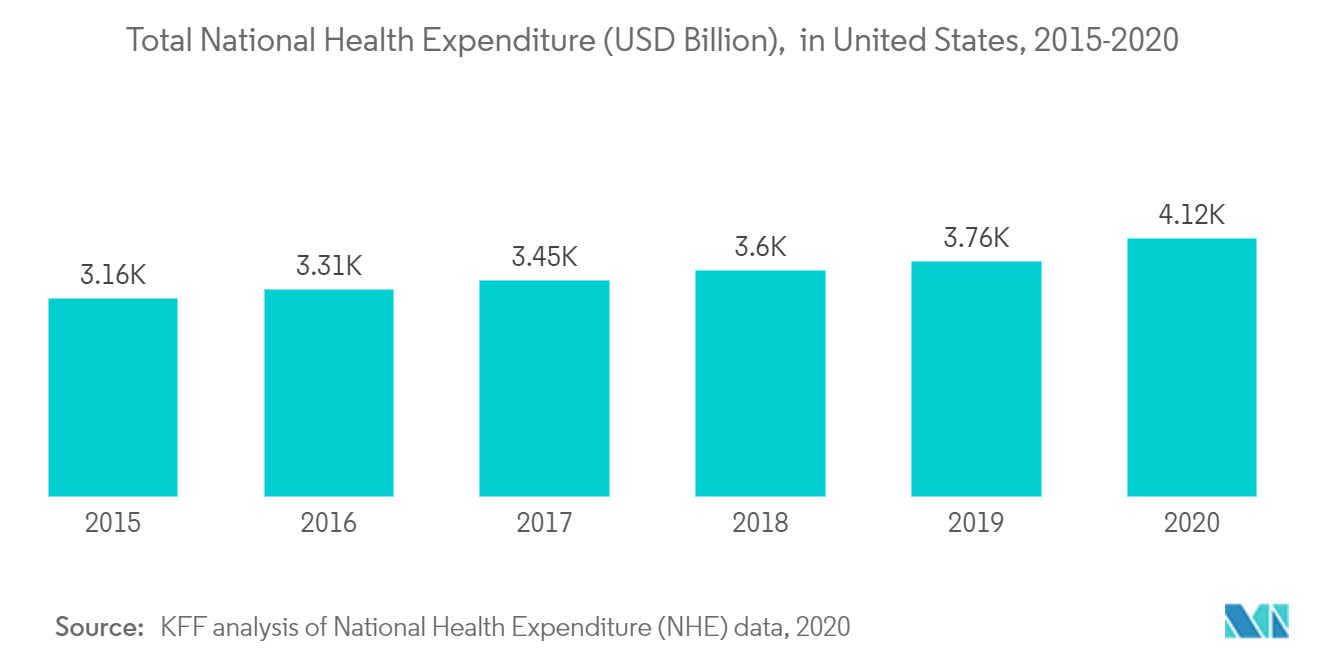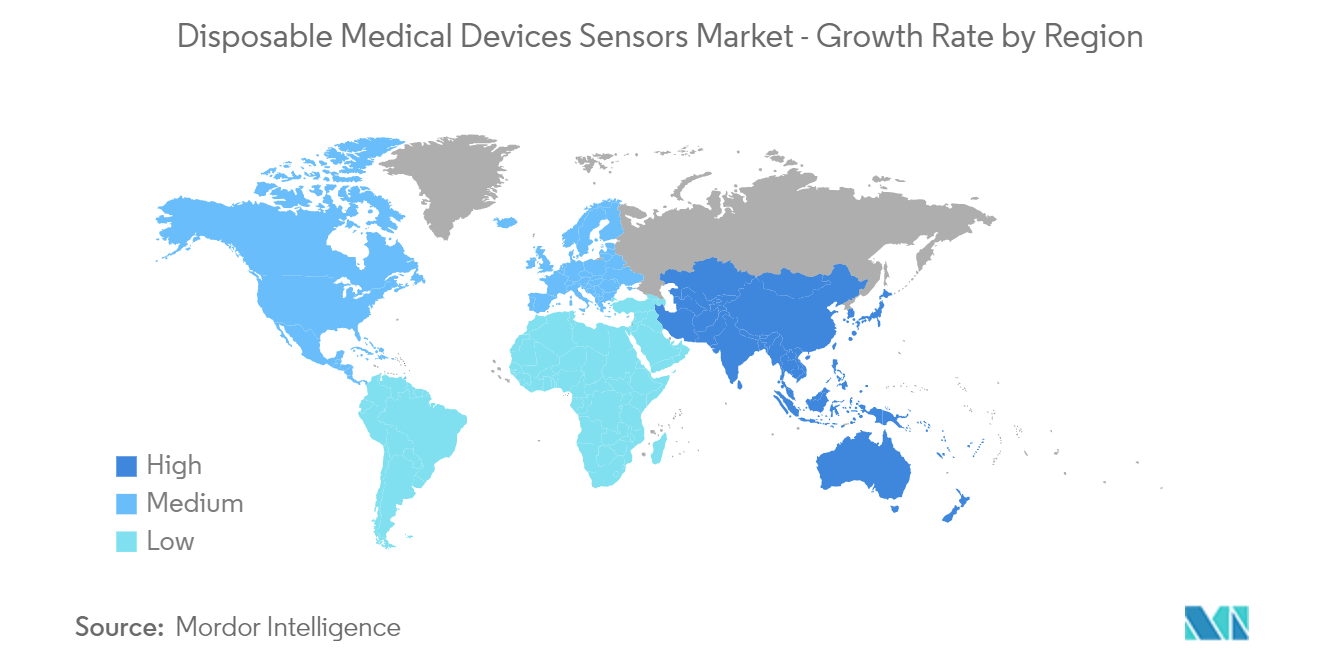Market Trends of Global Disposable Medical Devices Sensors Industry
This section covers the major market trends shaping the Disposable Medical Devices Sensors Market according to our research experts:
Patient Monitoring is Expected to Show Rapid Growth Over the Forecast Period
Patient monitoring is one of the rapidly growing markets and disposable sensors are widely being used for patient monitoring. In the rural as well as urban areas of developing countries, there is a growing demand for in-home patient monitoring. This rising demand is allowing the companies to utilize medical device sensors largely for patient monitoring.
Remote patient monitoring allows physicians and hospitals to monitor patients outside of the conventional clinic setting, where the technology can provide 24/7 data between patients and physicians. According to the center of Medicare and Medicaid Services 2021, every year, patient monitors help hundreds of thousands of high-risk patients avoid being readmitted to the hospital and make the most of their healthy days at home. Clients who use remote monitoring report a 76% reduction in readmission rates, an average of 89 % patient satisfaction, and a total medical cost savings of nearly USD 370 million.
There is a large number of local as well as global companies that are into the disposable sensors for patient monitoring. Some of the well-known players providing these sensors include Smiths Medical, Mediaid, Inc., etc. Additionally, in May 2020, BioIntelliSense, Inc., a continuous health monitoring and clinical intelligence company, reported the advancement of its medical-grade biosensor product portfolio and Data-as-a-Service (DaaS) platform with the introduction of the BioButton device. The BioButton is a coin-sized, disposable medical device that measures continuous temperature and other vital signs for a remarkable 90-days. BioIntelliSense offers medical-grade data services that allow for early detection of adverse trends through its proprietary biosensor technology and advanced analytics at a fraction of the cost of spot temperature measurements or traditional Remote Patient Monitoring (RPM) systems.
This indicates the rising use of medical device sensors which will directly affect the market studied in a positive manner over the forecast period.

North America Dominates the Market and Expected to do Same in the Forecast Period.
North America is expected to dominate the market and the major factors attributed to the growth of the market in the region are a technological advancement in innovative sensors development and the high adoption rate of sensors-based devices in the region, rising healthcare spending. The United States holds the largest market share due to the presence of key players in the market studied.
According to the Centers for Medicare & Medicaid Services in December 2021, the National health spending is projected to grow at an average annual rate of 5.4% for 2019-28 and to reach USD 6.2 trillion by 2028. As national health expenditures are projected to grow 1.1 percentage points faster than gross domestic product per year on average over 2019-28, the health share of the economy is projected to rise from 17.7% in 2018 to 19.7% in 2028.
Moreover, enhanced investments by venture capital firms to develop novel disposable medical device sensors. For instance, in May 2022, Nemaura Medical, Inc. a medical technology company focused on commercializing a daily disposable wearable glucose sensor and supporting personalized digital coaching programs, reported that it has secured USD 5 million in non-dilutive funding though a clean debt facility with no warrants or convertible elements.
In addition, increasing product launches by the key market player further expand the market growth over the projecting period. For instance, in July 2020, ivWatch, LLC, a pioneer in biosensor technology, has received Food and Drug Administration (FDA) clearance for its new SmartTouchTM disposable sensor for the early detection of peripheral IV infiltration and extravasation events. This new FDA clearance expands the ivWatch sensor portfolio to provide hospitals, infusion centers, and other healthcare facilities with complementary sensor solutions to help improve patient safety and reduce the risks associated with IV therapy.
Thus, all aforementioned factors anticipated to boost the market growth over the forecast period.


